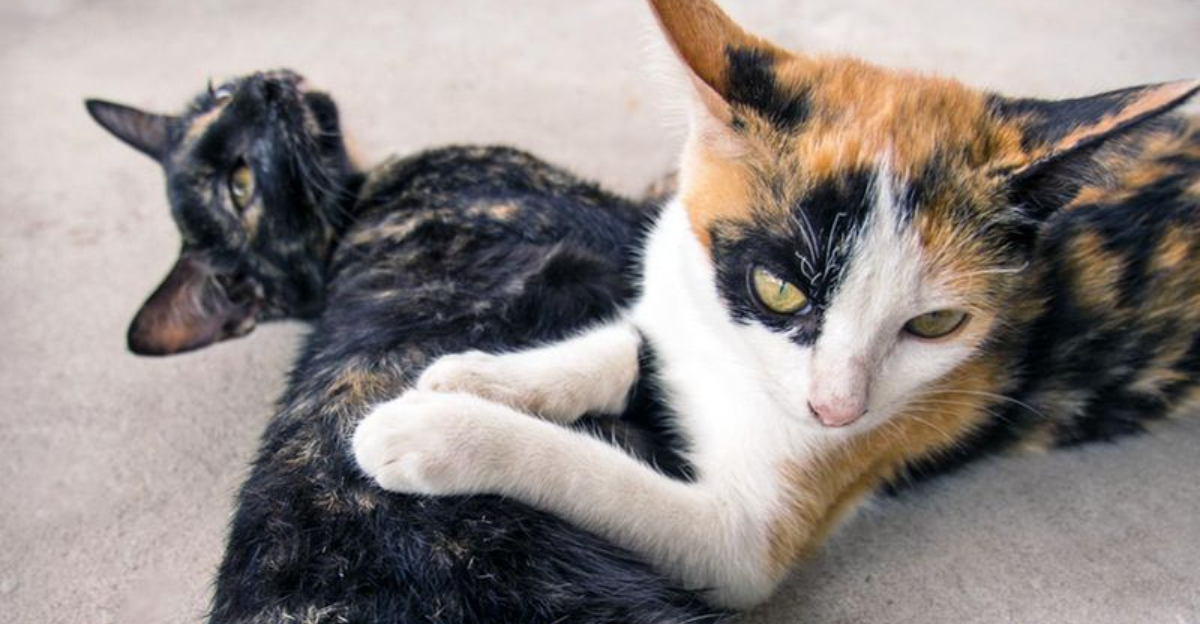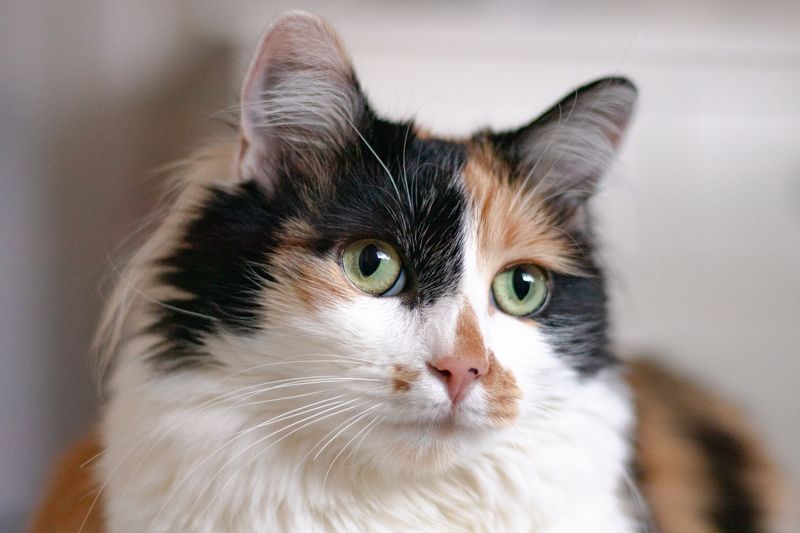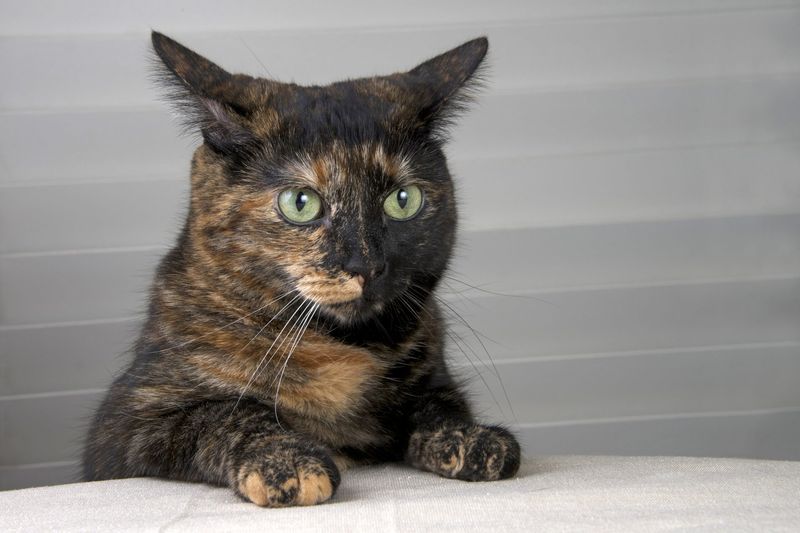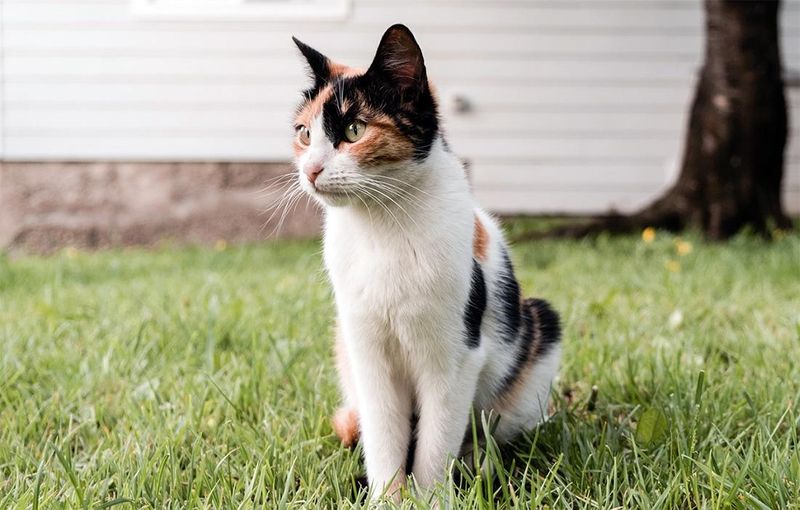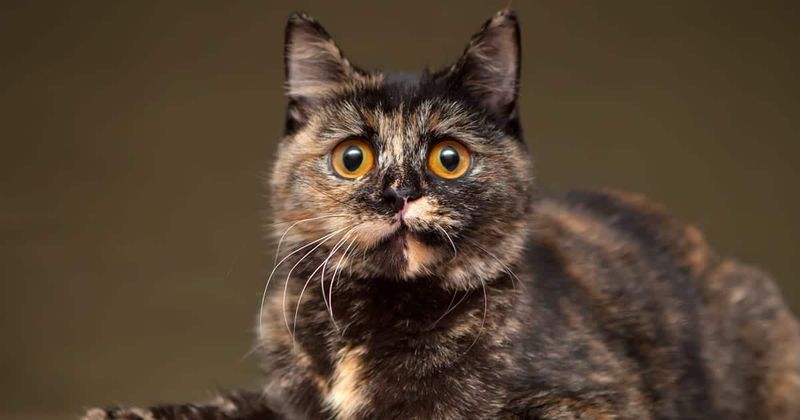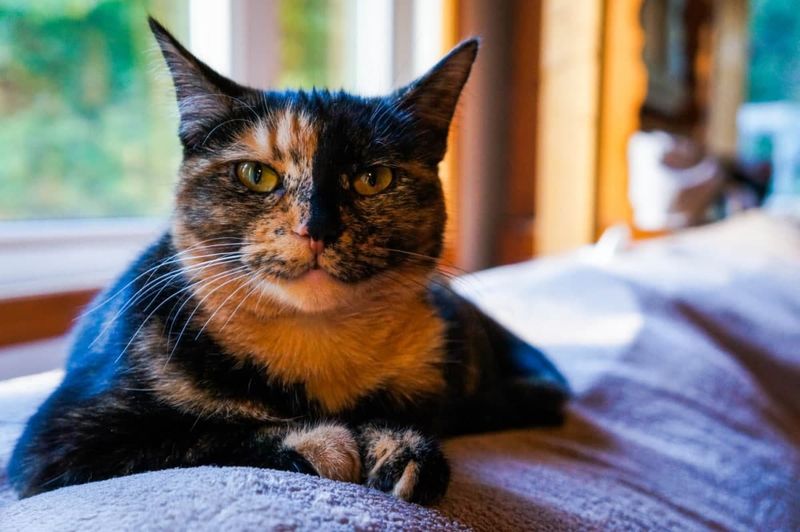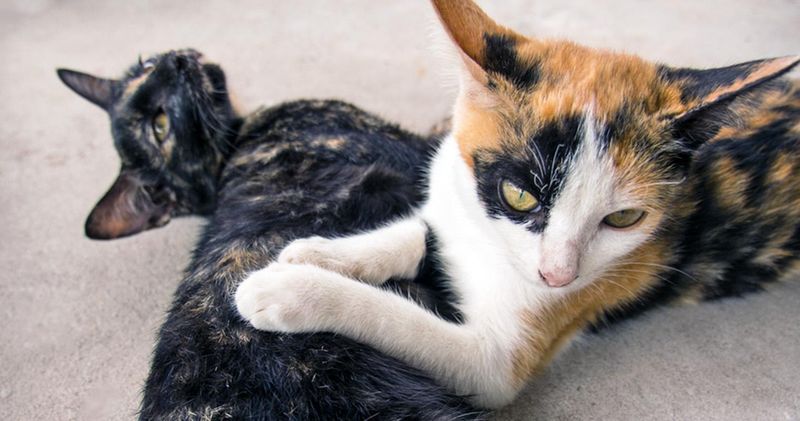📖 Table of Content:
- 1. They’re Almost Always Female
- 2. Male Calicos and Torties Are Extremely Rare—and Usually Sterile
- 3. Calico Cats Are a Subtype of Tortoiseshells
- 4. No Two Have the Same Pattern
- 5. Their Coloring Doesn’t Define Their Breed
- 6. They’re Known for “Tortitude”
- 7. They’re Considered Lucky in Many Cultures
- 8. They Can’t Be Bred for Their Coat
Cats with striking, multicolored coats have long fascinated pet lovers and animal enthusiasts alike. Among the most visually captivating are calico and tortoiseshell cats—each wrapped in a patchwork of rich oranges, blacks, and sometimes snowy whites. These eye-catching felines often spark curiosity, not just for their appearance but for the genetics and legends that come with them.
While many cat owners can spot the difference between these two at a glance, few understand the science and stories hidden in their fur. Calicos and torties aren’t breeds, but rather color patterns that occur across many types of cats, each as unique as a snowflake. Yet beneath the surface of their swirling colors lies a surprising world of biological quirks, rare traits, and cultural folklore.
Whether you’re considering adopting one of these beautiful creatures or you already live with one, there’s always something new to learn. From genetic rarities to personality traits that spark debate, these cats are full of surprises. Below are eight intriguing facts you may not know about calico and tortoiseshell cats—each one adding to their mystique and charm.
1. They’re Almost Always Female
Calico and tortoiseshell cats exhibit a nearly exclusive trait: they are predominantly female. Over 99% of these cats are female due to the genetics of their coat color being linked to the X chromosome. Since females have two X chromosomes (XX), they can carry two different color genes, resulting in the unique tri-color or tortie patterns. This genetic rarity gives them a special place in the feline world. Their patterns are not only captivating but also a symbol of the complex beauty of nature. The occasional male born with a calico pattern is considered an anomaly, further emphasizing the exceptional nature of these female-dominated felines.
2. Male Calicos and Torties Are Extremely Rare—and Usually Sterile
In the world of calico and tortoiseshell cats, males are an extraordinary rarity. Due to a genetic anomaly involving XXY chromosomes, male calicos are born only about 1 in every 3,000. These males are unusual not only for their appearance but also because they are typically sterile, unable to reproduce. This peculiar genetic quirk has made them a subject of fascination among geneticists and cat enthusiasts alike. Their existence defies the usual rules of feline genetics, captivating those lucky enough to encounter these rare specimens. Despite their rarity, male calicos carry the same vibrant patterns as their female counterparts.
3. Calico Cats Are a Subtype of Tortoiseshells
Did you know that all calico cats are technically tortoiseshells? The distinction lies in their patterning. Calicos boast distinct white patches alongside their black and orange coloring, while tortoiseshells display a more blended or mottled mix of colors without white. This subtle difference highlights the diversity found within feline coats, making each cat a unique piece of living art. Understanding this distinction can enhance our appreciation for these cats and their beautifully diverse patterns. Their coats tell a story of genetic variation and the intricate dance of color that nature performs across generations of cats.
4. No Two Have the Same Pattern
Every calico and tortoiseshell cat is a masterpiece, as no two have identical patterns. Their coats are influenced by random X-chromosome inactivation, resulting in a distinct, one-of-a-kind design for each cat. This uniqueness is akin to a feline fingerprint, with each pattern telling a different story. The intricate designs can vary wildly even among siblings, showcasing the unpredictable artistry of genetics. Owners often find joy in discovering the unique traits of their pets, making each calico or tortie a special companion. These cats remind us of the endless possibilities that nature’s palette can create.
5. Their Coloring Doesn’t Define Their Breed
The terms “tortoiseshell” and “calico” refer strictly to coat color and pattern, not a specific breed. These distinctive patterns can be found across various cat breeds like the American Shorthair, Maine Coon, or Persian. This means that a calico or tortoiseshell cat could belong to any number of breeds, each with its own unique personality traits and characteristics. The diversity among these cats extends beyond just their colors, reflecting the broad spectrum of feline genetics. This variety allows cat lovers to enjoy the beauty of calico and tortoiseshell patterns across different breeds, each offering its distinctive charm.
6. They’re Known for “Tortitude”
Tortoiseshell cats have developed a reputation for their spirited personalities, often described as “tortitude.” This term captures their strong-willed, spirited, and occasionally sassy nature, which many owners find endearing. While not scientifically proven, the notion of “tortitude” has become a beloved part of tortie lore, adding to their allure. These cats are often seen as having a fiery personality that matches their vibrant coats. Owners cherish their lively antics, which bring a unique energy to any household. The combination of their colorful appearance and dynamic temperament makes torties a beloved choice for cat enthusiasts.
7. They’re Considered Lucky in Many Cultures
In many cultures, calico cats are treasures, considered symbols of luck and protection. In Japan, the iconic “Maneki-neko” figurine, often depicted as a calico, is believed to bring good fortune and prosperity. Historically, sailors would take calico cats on voyages as luck-bringers and effective mouse catchers. Their reputation as harbingers of good luck has cemented their place in cultural folklore worldwide. Calicos’ unique patterns and historical significance make them a cherished symbol across different societies, embodying the mysterious bond between humans and cats. Their presence is often seen as a positive omen, enriching the homes they inhabit.
8. They Can’t Be Bred for Their Coat
Despite their popularity, calico and tortoiseshell patterns cannot be reliably bred. Their unique appearance results from unpredictable genetic combinations, making each kitten a delightful surprise. This unpredictability ensures that no two calicos or torties are ever the same, each little “happy accident” of nature. Breeders and enthusiasts alike celebrate this randomness, which adds to the charm and allure of these cats. The inability to predict their coat colors makes them even more special, as each one is a testament to the beauty of genetic diversity. The joy of discovering a new calico or tortie pattern is unmatched.
